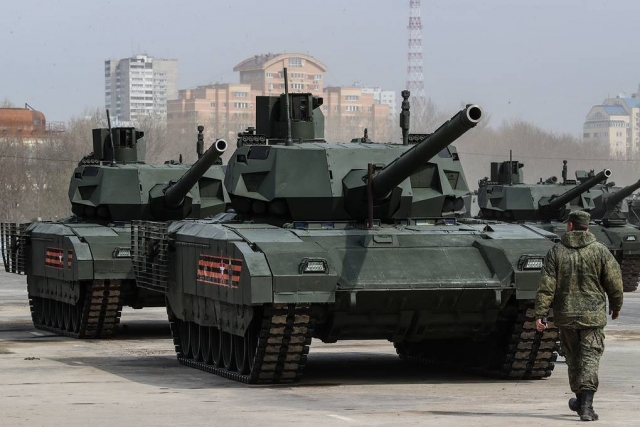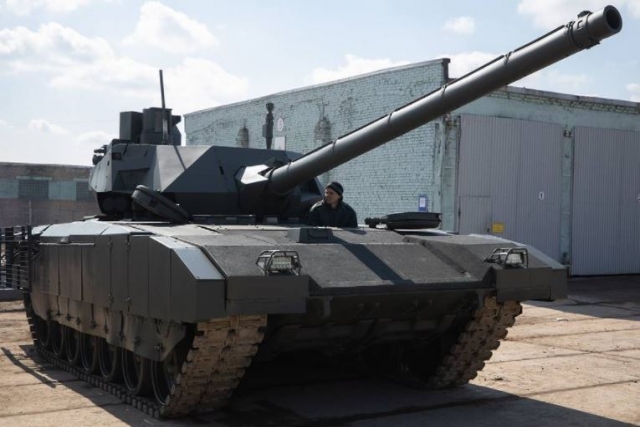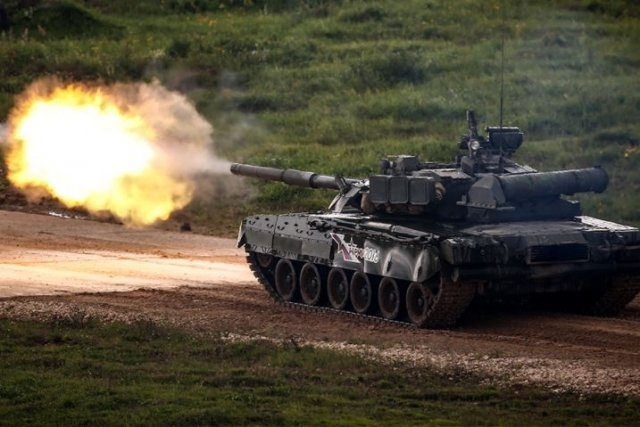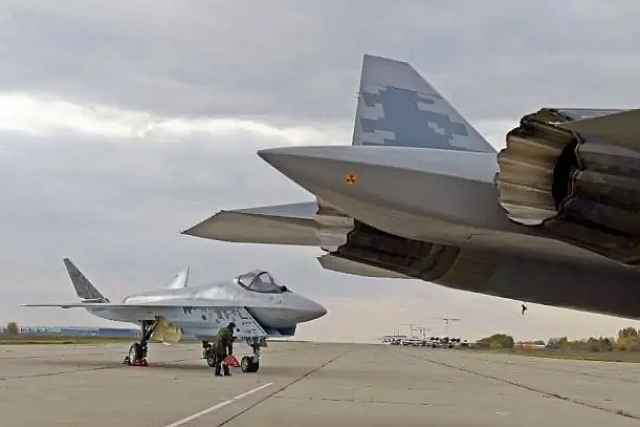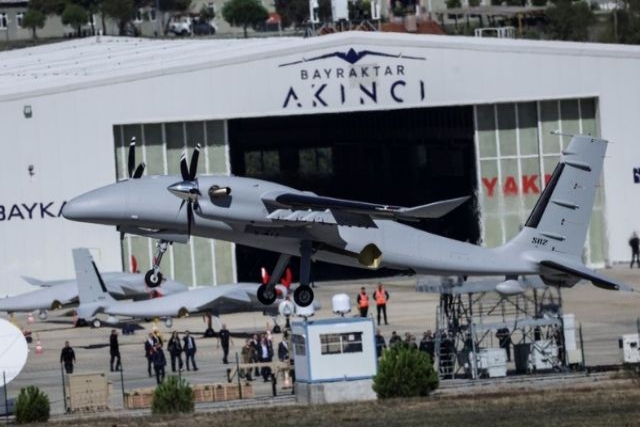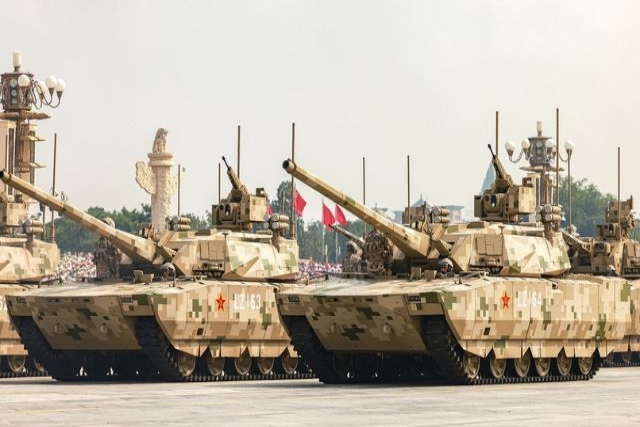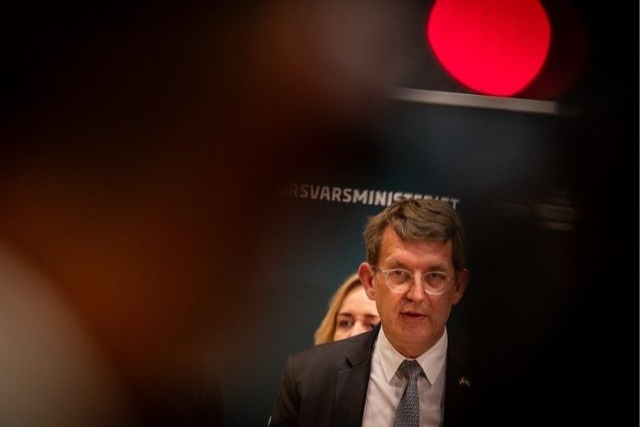Russia’s Armata Tank to Wrap Up State Trials Next Year
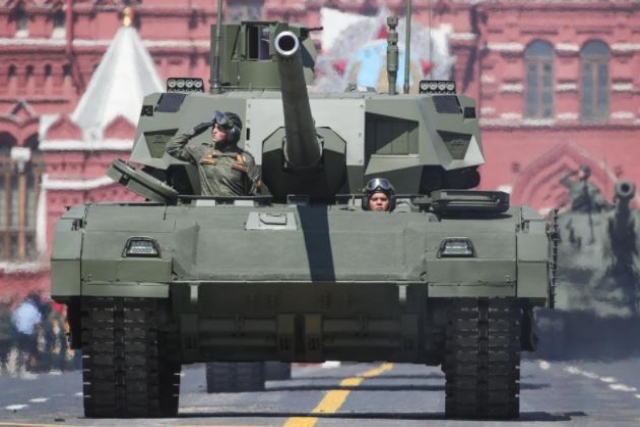
Russia will complete state trials of T-14 Armata tank next year.
"The annual Army arms show features the T-14 tank, the T-15 infantry fighting vehicle and the T-16 armored repair and evacuation vehicle being developed under the Armata project. This year, it has entered its final stage. The tank’s state trials are due to be completed in 2022," acting Chief of the Defense Ministry’s Main Automotive and Armor Department Major-General Alexander Shestakov was quoted as saying by Defense Ministry’s Krasnaya Zvezda newspaper on Monday.
Infantry fighting vehicles and armored personnel carriers must operate as a multi-purpose combat vehicle, he pointed out.
"Now it must not only transport personnel and support them by fire in a battle but also to fight enemy armor and low-flying air targets. As compared to its predecessors, the vehicle must effectively cope with this task not only from the halt but also on the move and afloat. Armament remote control is a priority task," the general explained.
UralVagonZavod, the Russian machine building company, hinted at a possible development of the tank’s unmanned version in August last year during the International Military-Technical Forum “Army-2020” held in Moscow.
T-14 Armata Tank
The T-14 Armata is a Russian 5th generation main battle tank based on the Armata Universal Combat Platform. The tank is operated by a three-member crew from an armored capsule at the front. The T-14 can be used as a reconnaissance, target designation and fire adjustment vehicle for self-propelled guns, surface-to-air missile systems and T-90 tanks.
It is said to be the first tank in the world to incorporate “network centric warfare” technologies. Another unique feature of the tank is the placement of crew in an armored capsule, separated from the ammunition load.
The tank’s armament includes a 7.62mm remote-control machine gun and 125mm smoothbore cannon. An unmanned version of the Armata is planned and is currently in development.
The T-14 has been painted with anti-slip coating, and features a lavatory to provide comforts to the crew during long combat missions.
